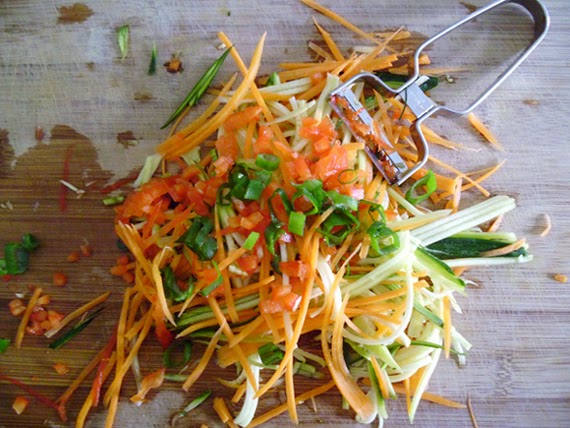Hi again Fodmappers - I hope the sun is shining where you. It's officially the first day of summer here in the UK and it's cold, wet and windy! Not that I'm complaining as it's given me a chance to try my hand at something I've wanted to do for a while, and that's making my own soda bread. I've never been a big fan of bread but I do enjoy soda bread, maybe partly because it reminds me of holidays in Ireland where I've enjoyed it for breakfast - fresh from the oven. So today, I've been hiding from the weather and cooking up a storm.
If you're a regular visitor to my page (hello and thank you for stopping by) you'll remember that in my last post I talked about the difference between gluten and fodmaps and why gluten-free isn't always the best choice if you have IBS. However this recipe is gluten-free, wheat-free, lactose-free and fodmap friendly. What's more, as it's a soda bread, it's also yeast-free, so if that's something you need to avoid then this recipe is for you too. It's also incredibly easy. In fact it's so easy I added my own twist.
I took as my inspiration the Doves Farm recipe for Emmer Soda Bread, but as Emmer is a form of wheat I replaced it with their Gluten Free Plain White Flour. (In case you're wondering, I'm not being sponsored by Doves Farm, that's just what I used). I discovered you don't need to use a strong flour for soda bread (who knew?) and as I already had the plain white at home I thought it was worth a go. I really had no idea how it would turn out but sometimes you've just got to try these things. I'm pleased to say it baked beautifully, so if you fancy giving it a go, here's how I did it.
Walnut and Rosemary Soda Bread
Ingredients
450g Doves Farm Gluten Free Plain White Flour
1 and 1/2 tsp Bicarbonate of Soda
450g of Lactose Free Yogurt
1/2 cup of Chopped Walnuts
1 Tbsp of Dried Rosemary
Method
1. Preheat the oven to 180C/400F.
2. Mix the dry ingredients together in a bowl.
3. Stir in the yogurt and bring together into a ball. Note: Soda bread doesn't have to be kneaded and only takes moments to come together.
4. Place on an oiled baking sheet and sprinkle with flour.
5. Cut an X in the top and bake in the oven for approximately 55 to 60 minutes.
6. Remove from oven and tap on the bottom. If it sounds hollow, it's ready.
7. Leave to cool on a wire rack.
Enjoy with soup, cheese or a spread of your choice. Of course, if the sun is shining where you are, this would be perfect on a picnic with a glass of wine. Well I can dream. ;)
'Til next time Fodmappers - Stay Fabulous. x







